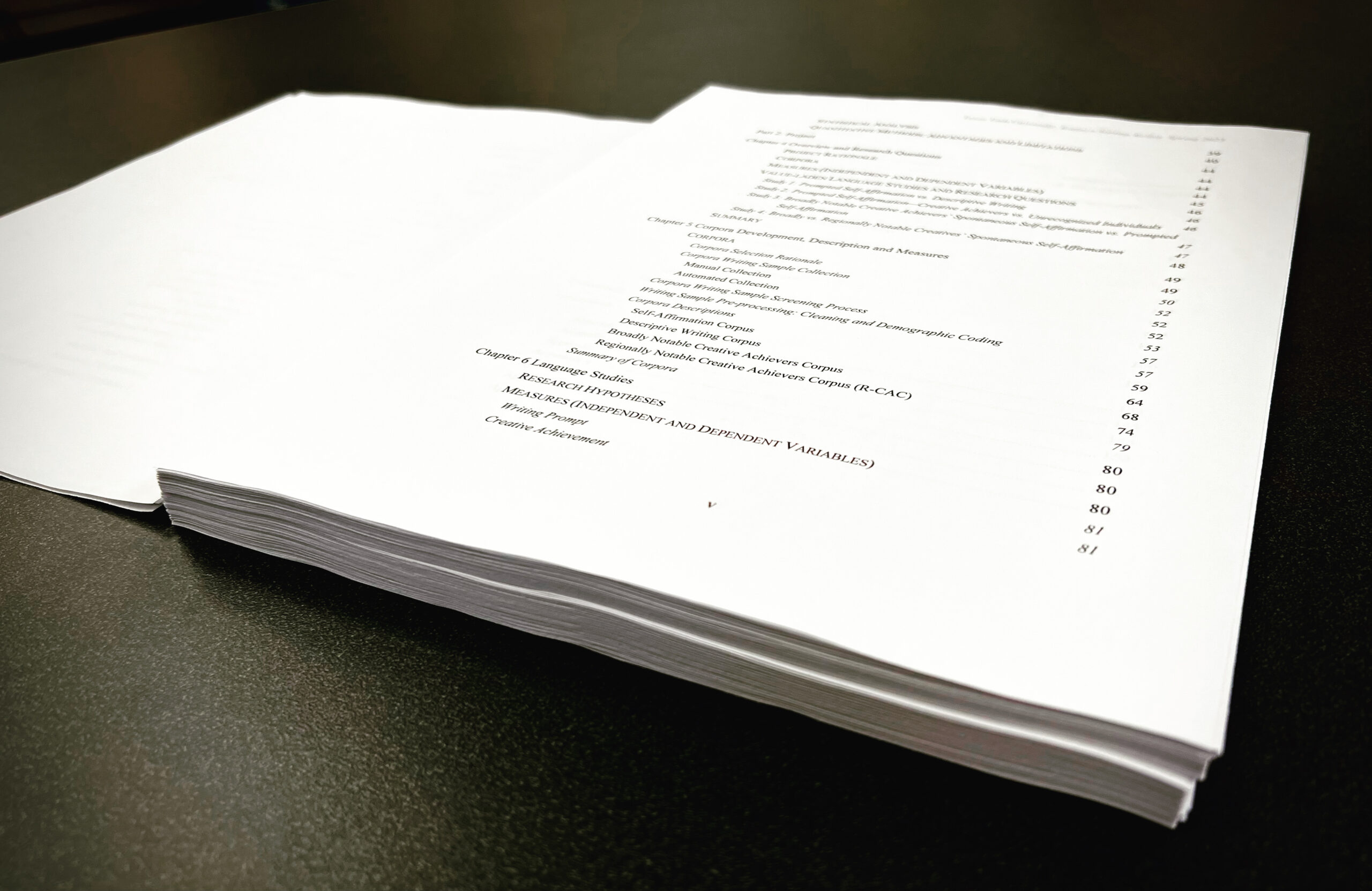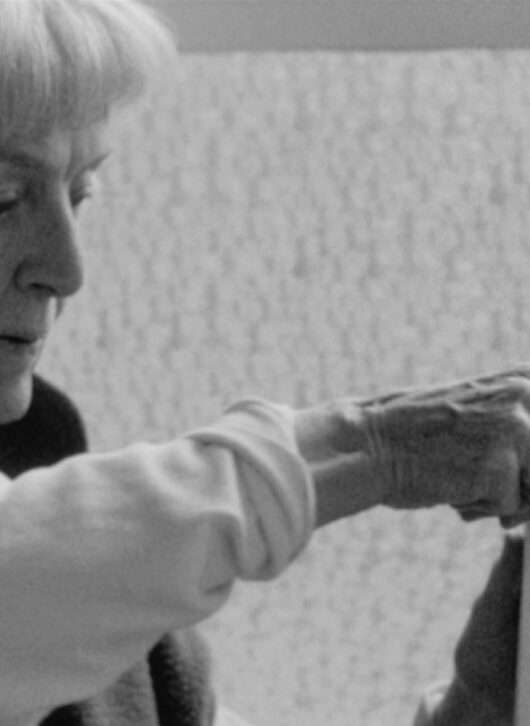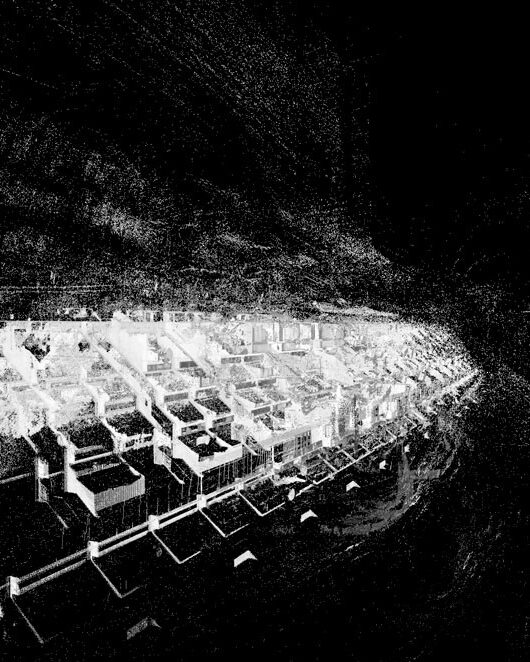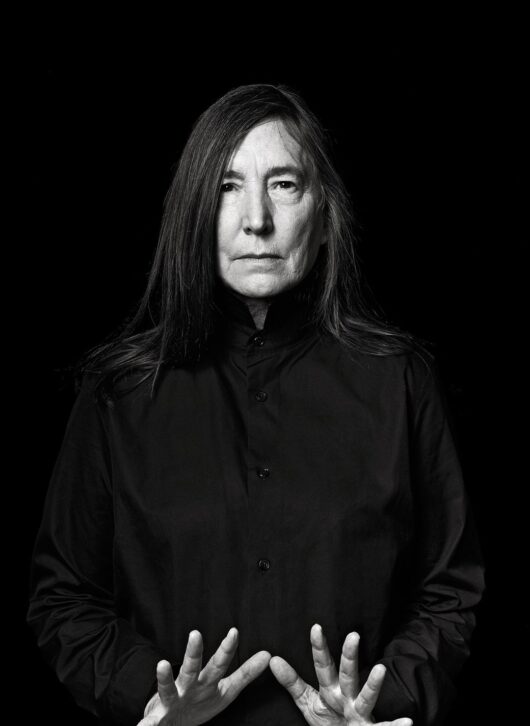Join me this fall for The Artist Way Creative Cluster
11140 Greenbay, Houston, 77024
REG via email kk.creativehabit@gmail.com [include name, contact info] Credit card payments made will send link when registered via email.
Fifty dollars non-refundable.
+ + + + + + + + + + + + + + + + + + + + + + + + + + + +
In this course, we will form a creative cluster in which to begin stepping past the internal and external habits that have kept our creative impulse on the back burner. Joining this cluster will be to fulfill a yearning to bring our creative impulse to the front burner. We will read and use techniques and exercises from Julia Cameron’s book, The Artist Way, to excavate habits and thinking that may have kept us blocked and cultivate new ones that support our impulse to create, to express. We will move from thinking about our own creative impulse to begin acting upon it. You will be challenged to test run weekly methods from the text — artist pages, an artist date, and other exercises. This course is based on the premise that each of us is creative by nature and that in a supportive community we can more easily begin moving from thinking about to actually doing. Whether your urge has been to write, paint, build, sculpt, cook, arrange, or plant, this group is for you and is genre independent.
. . . . . . . . . . . . . . . . . . . . .
Teaching Philosophy
Mania of making, mania of the mind, that excessive compulsion to question, push, make, and create, is worth harvesting, expanding, directing and releasing. As artist educator within foundations, my role in this process is to cultivate a sensitivity to listening. I see this listening as rather all encompassing and enabling of an awareness of self, others, materialities, processes and practice, traditions, physical, social and historical contexts, passions, subject matter, methodologies, and so on. This kind of perceptiveness requires me to equip students with a capacity to dwell inside and alongside of things and thinking so that making becomes a reflection of their listening. Access to the rhythms that come from deep listening allows what might otherwise remain submerged and unseen to manifest in ways that become meaningful. I have taught in the sciences, faith and the arts—each a creative endeavor and fundamentally parallel in the need for this sensitivity to listening, connecting, and acting upon.
Deep listening, connecting and making actually requires a high degree of risk taking, openness to critical feedback and dialog, as well as, exposure to failure. This artistic risky behavior, openness, and exposure are cultivated through a series of communal and curricular factors.
Beginning in the very first studio, it is critical to build in forms of interaction that emotionally tether the students to one another and to their sense of belonging within the program. A resiliency that allows the studio experience of experimentation, tight timelines, heavy workloads and critical dialogue to be pushed further than when students’ function as isolated agents is foster by the development of strong studio peer attachments. Attachments are initially accelerated when classroom norms are disrupted through a series of non-graded tasks that bring the students into opinionated mini monologues about the arts, extremely close physical proximity via a small team task, team performance of task, and laughter, followed with a larger group critical dialogue exploring the discrepancies between team intent and viewer perception. These forms of connections, teams, tasks, and dialogues set the stage to implement an intense curriculum and work practice that peaks curiosity, promotes artistic risk taking, critical dialogue, and physical engagement.
Built into the scope and sequence of the curriculum are the practices of successful artistic deep listening, connecting and making—research, idea development, capacity to harvest from personal passions, critical reflection and discourse, collaborative unpacking of discrepancies between intent and outcome, deconstruction and adaption of working processes, work ethic, time management, opportunities for multiple iterations of a single concept or materiality, attention to craftsmanship, and professional presentation of work. Traditional attention to design elements and principles and craft are attended to but in ways that supports and emphasizes the habits of perceptiveness and process.
These deep listening, connecting, and making habits are not only the key to successful art careers but they are highly portable and will transfer to other potential job/life activities that the artist may embrace to support their artistic practice.
- Teaching Curriculum [project sheets, crit guides, etc] Portfolio
- Teaching Student [eye candy] Portfolio
- Current Courses [blog]












